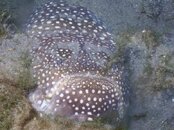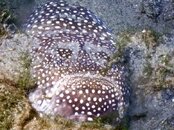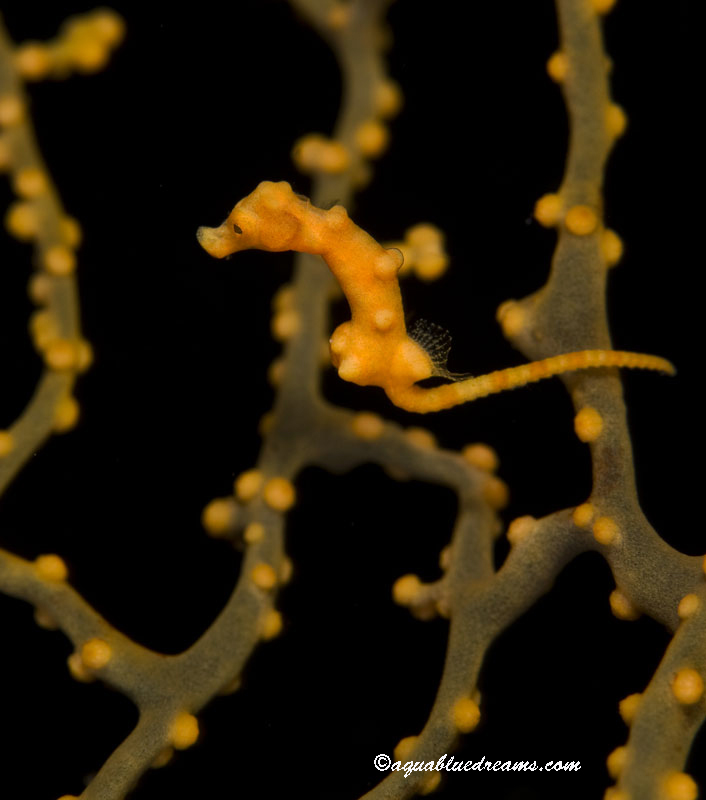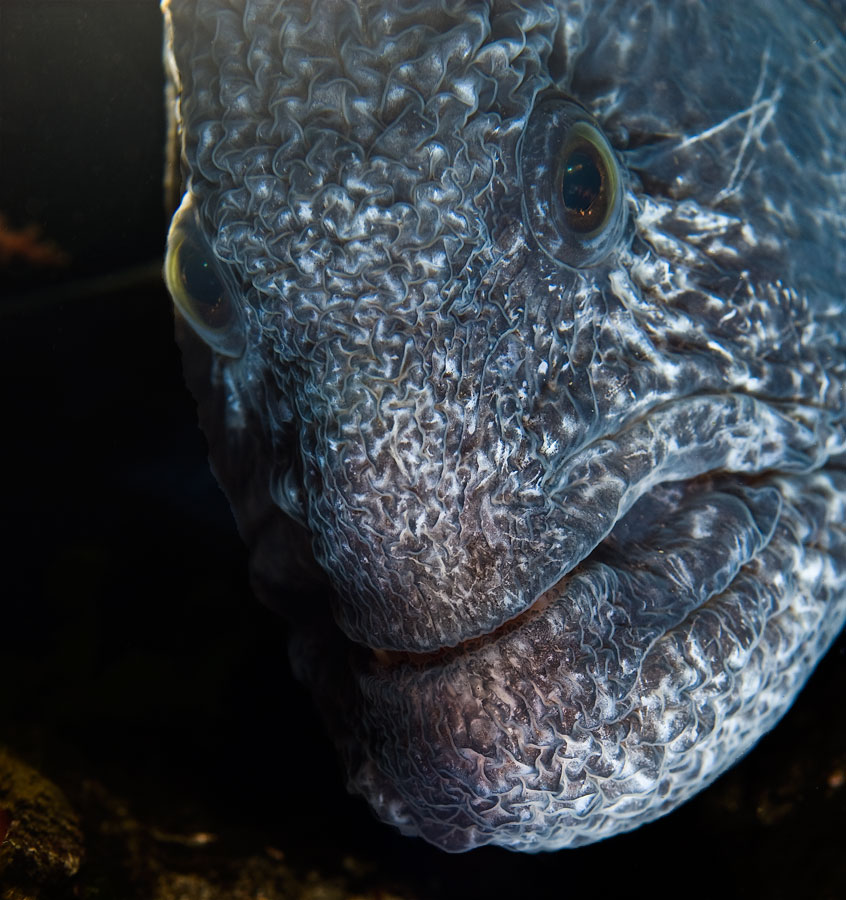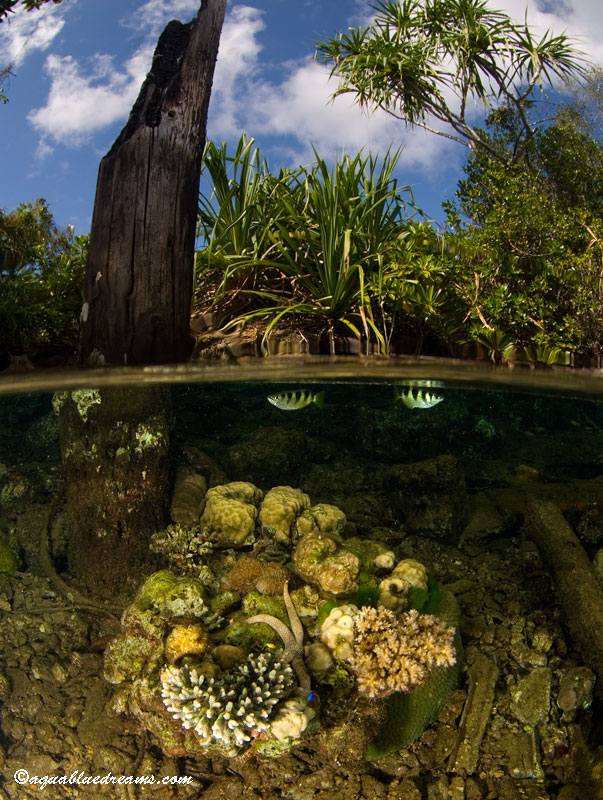I was being a bit of a "puriist" resisting doing anything to my pictures... then I decided I was being silly. I don't have a strobe, I have a very cheap 5 year old camera.
For a number of reasons.. some financial but mostly physical.. I will never buy an expensive camera and strobe to compensate for backscatter and light loss.
I have recently started using Post processing to remove back scatter and compensate for my inability to shoot in RAW and make complex adjustments.
I spent time with someone showing me how to use PS. I discovered that we were seeing things differently and trying to make different "statements" with the pictures we were playing with. He wanted to turn them into "portraits of critters"
I wanted to tell stories. I had a picture of a very small moray in some growth. I took the picture thinking.. "Look at that tiny moray.. how huge the world is that it is trying to survive in! Look at the struggle for survival." He cropped it to create the portrait of the moray.. but you lost the size perspective and the purpose of the shot.. for me.
I take pictures to share with those who don't get the privilege of enjoying the underwater world. I take pictures to remember and enjoy my dives when I can not dive. I take pictures to capture the struggle of survival. I love to capture unusual moments and subjects.
Most importantly.. I take pictures to enjoy and if someone else enjoys them, that is a bonus but not the goal. I think it is about enjoying what you are doing .. trying to do it better measured against your own objective. Restricting how you achieve it because of someone else's bias is just plain silly!
Taking pictures you like, and delivering the story you want to tell should be what everyone tries to do....Minor White and Ansel Adams would have bowed to your wisdom...so let me do that in their place...well done!!!!




